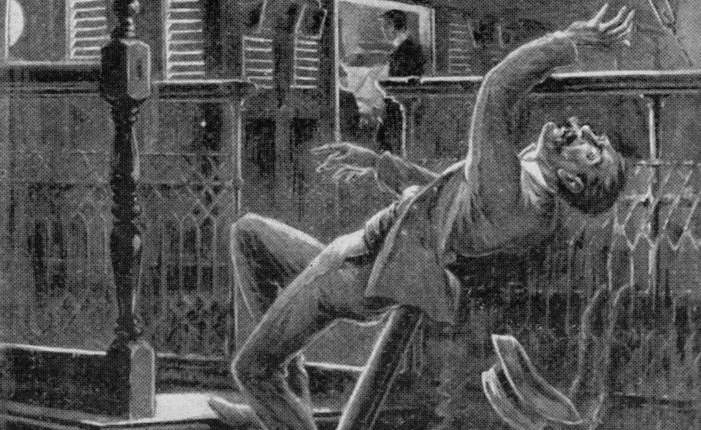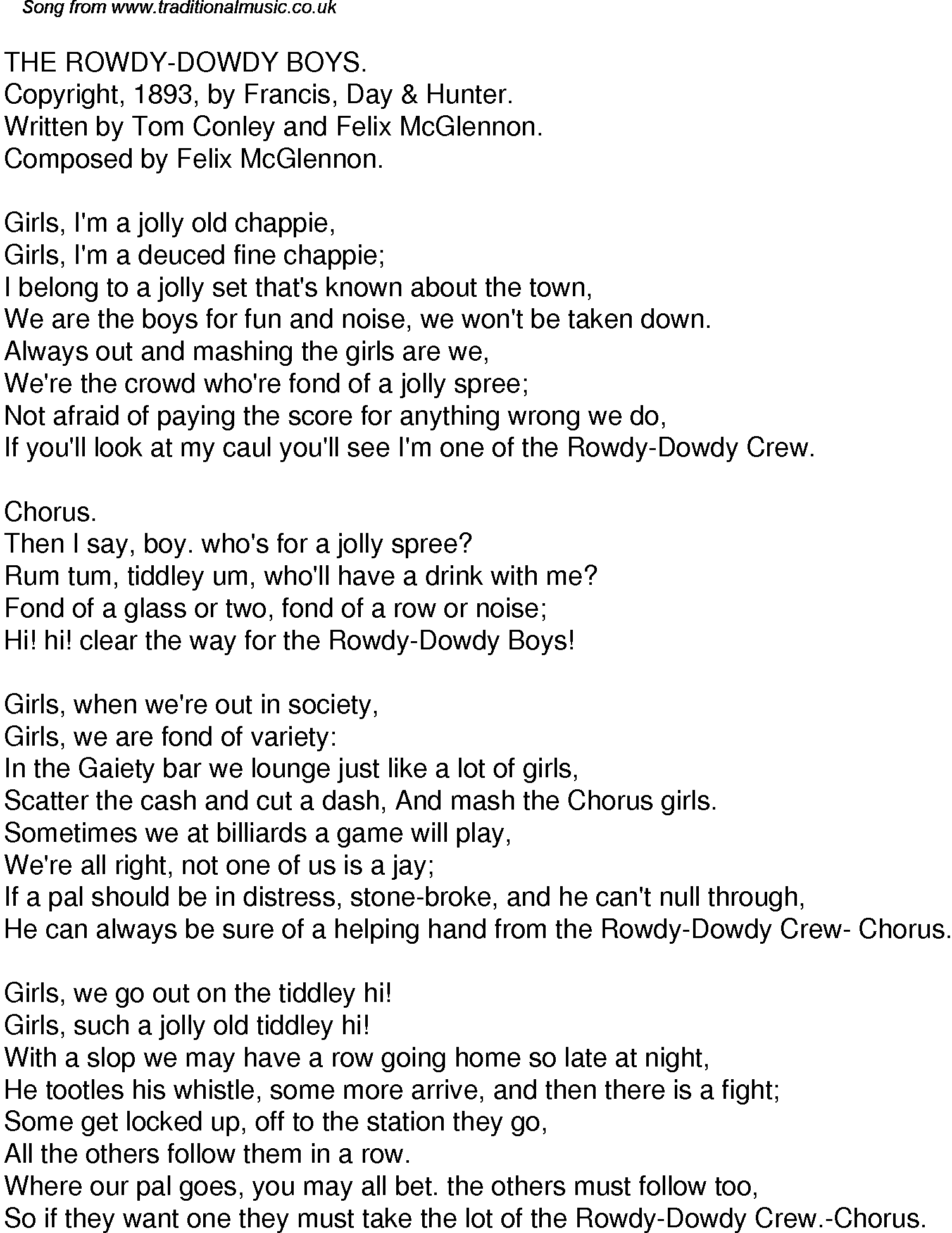
Occasionally, however, this rule is violated, as is the case in “Hop-Frog,” Edgar Allan Poe’s short story of humiliation and revenge.
Poe starts his tale by introducing its antagonist, or villain, a nameless, sadistic king who delights in abusing his fool, Hop-Frog.
An example of the monarch’s cruelty is the jester’s nickname. In an apparent attempt to curry favor with their liege, the king's “seven ministers,” aware of the ruler's delight in unkindness, named the jester “Hop-Frog” to make fun of his peculiar style of locomotion: “In fact, Hop-Frog could only get along by a sort of interjectional gait--something between a leap and a wriggle--a movement that afforded illimitable amusement, and of course consolation, to the king.”
Such a problem would elicit pity and sympathy from a nobler person, but the king is obviously well pleased with the wittiness of his ministers’ naming the fool’s for the effect of his unfortunate disability. The king also enjoys tormenting Hop-Frog directly. The dwarf and a fellow citizen, Tripetta, also a dwarf, were abducted from their homeland and given, as if they were but things, rather than people, “as presents to the king, by one of his ever-victorious generals.”
Aware that Hop-Frog misses the friends whom he was forced to leave behind and aware, furthermore, that the fool is unable to drink wine without suffering from near madness as a result, the king directs his jester to drink to in the honor of his “absent friends.”
When the wine and the thought of his “absent friends” has the effect upon Hop-Frog that the king has anticipated, the king thinks the jester’s grief and miserable state of intoxication amusing: “It happened to be the poor dwarf's birthday, and the command to drink to his 'absent friends' forced the tears to his eyes. Many large, bitter drops fell into the goblet as he took it, humbly, from the hand of the tyrant.”
The king responds with cruel laughter: "'Ah! ha! ha! ha!' roared the latter, as the dwarf reluctantly drained the beaker. 'See what a glass of good wine can do! Why, your eyes are shining already!'"
The king’s malice is also seen in his abusive treatment of Tripetta. When she intercedes with the king on the behalf of Hop-Frog, upon whom the monarch seeks to force still more wine, the king “pushed her violently from him, and threw the contents of the brimming goblet in her face.”
The vulgarity of the king and his sycophantic courtiers, vis-à-vis the grace Hop-Frog and Tripetta, is a second reversal in the story. Not only has Poe introduced the villainous king before he’s introduced the heroic fool, but he has also traded the stereotypical natures of these two characters, making the noble king vulgar and the low fool courteous.
These reversals effect much of the story’s irony. Customarily, a reader would suppose the king, rather than a jester, to be the refined and cultured sophisticate. In fact, the comedy of the fool is often ribald and crude, involving the same sort of humiliating practical jokes, at times, as those that the king performs.
The king’s humiliation of Tripetta is the story’s inciting moment, for it is this act of outrage upon her that inspires Hop-Frog’s plan for revenge, as, ironically, he tells the intended victim: “just after your majesty had struck the girl and thrown the wine in her face--just after your majesty had done this...there came into my mind a capital diversion .” Thus, the king, in a sense, is undone by his own sadistic nature, for it is one of his acts of mindless cruelty that inspires Hop-Frog’s scheme to kill him in a fashion that is at once both spectacular and horrible.
Traditionally, regardless of the king’s character or the morality of his deeds, if he orders the execution of one of his subjects, for any (or no) reason, the subject would be killed, no questions asked. In “Hop-Frog,” however, it is the fool who, in another reversal, becomes the executioner of both the king himself and his toadying courtiers. What’s more, Hop-Frog accomplishes his vengeance of Tripetta’s honor with impunity, thereby further humiliating the monarch and his noble friends, since he escapes punishment for having, in essence, assassinated his own and Tripetta’s tormentors. Each of these reversals heightens the story’s irony.
Hop-Frog’s revenge is extremely violent and horrible. Had Poe not prepared the reader to accept this act as just, albeit appalling, the reader’s sympathy for the crippled dwarf and his beloved Tripetta would likely not withstand the gruesome deaths that he causes the king and his courtiers to suffer. Instead, the immolation of the nobles would have been regarded, in all likelihood, as being too extreme and it would suggest that it is Hop-Frog who is the true monster, rather than his adversary, the king’s own cruelty notwithstanding.
The reader accepts the justice of Hop-Frog’s execution of his tormentors for several reasons. First, the odds are against Hop-Frog. He is a mere court jester. His adversary is a monarch who enjoys absolute power. Readers support an underdog.
Second, the king is cruel. He is, in other words, a sadist. Many times, he has abused Hop-Frog simply for his own amusement and, perhaps, to show off in front of his courtiers. He is not above insulting even someone as beautiful, kind, and harmless as Tripetta, although he must know that doing so will both hurt her and offend Hop-Frog. He has no regard for their feelings.
Third, Hop-Frog outsmarts the powerful king, and readers favor one who, through the use of nothing more than his or her wits, can outsmart another, especially if the other occupies a position of far greater social status, authority, and power. If one such ordinary person can accomplish such a feat, perhaps others--the reader included--can do likewise. Certainly, many will have harbored fantasies of doing just such a thing.
Fourth, Hop-Frog, like Tripetta, is a dwarf. He is literally smaller than the king, and, figuratively, he is a common person, one of the little guys, so to speak. Hop-Frog is physically weaker, too, than his larger tormentors. Nevertheless, he uses his brain to overcome their brawn, a feat that always gains admiration and respect among those in similar circumstances.
Fifth, Hop-Frog is crippled. His severe handicap, the object of the king’s scorn and ridicule, make him ill-matched to take on the king. Nevertheless, the intrepid dwarf does so--and wins.
Sixth, Hop-Frog is shown to be a sensitive and caring person. He loves Tripetta, and, when she is insulted, he is also hurt, and he vows revenge, even at the risk of his life.
Perhaps the reader would not overlook Hop-Frog’s murder of the king and his courtiers in a such a horrible manner if only one of these conditions or characteristics mitigated against the horror of the deed, but there are at least six extenuating facts, as enumerated herein. Together, they seem to be warrant enough for the reader to ignore the stupendous horror of the dwarf’s immolation of his live victims.
Other horror stories often include a reversal, usually in the form of the surprise, O. Henry-type ending. A good example is “The Monkey’s Paw” by W. W. Jacobs and “The Red Room” by H. G. Wells, both of which have been posted in Chillers and Thrillers. In these stories, the plot suggests a certain type of ending as likely, or even as seemingly inevitable, but then surprises the reader with the substitution of a different ending but one that is, nevertheless, logical and satisfying.
For example, in Wells’ story (which, incidentally, is a clear precursor to Stephen King’s story, “1048”), a skeptic stays overnight in an allegedly haunted room. Despite his doubt as to the reality of the supernatural, he experiences increasingly frightening incidents until, bursting from the room, he strikes the door frame. He turns, confused, and reels into various furniture until he knocks himself unconscious.
The reader is led to assume that the room truly is haunted and, then, Wells offers what, in effect, is a punchline of sorts: the room is haunted by the fear of those who, believing the chamber to be haunted, occupy the place: “Fear that will not have light nor sound, that will not bear with reason, that deafens and darkens and overwhelms.”
The Others, a horror film, also has such a twist: the residents of a haunted house turn out to be the ghosts, just as the apparent ghosts turn out to be the house’s human inhabitants. Such reversals are still marginally effective, if rather overdone, but stories such as “Hop-Frog” are rare in their sophisticated employment of plot reversals, and such stories are correspondingly enriched.






_theatrical_poster_(retouched).jpg/1200px-Psycho_(1960)_theatrical_poster_(retouched).jpg)










































